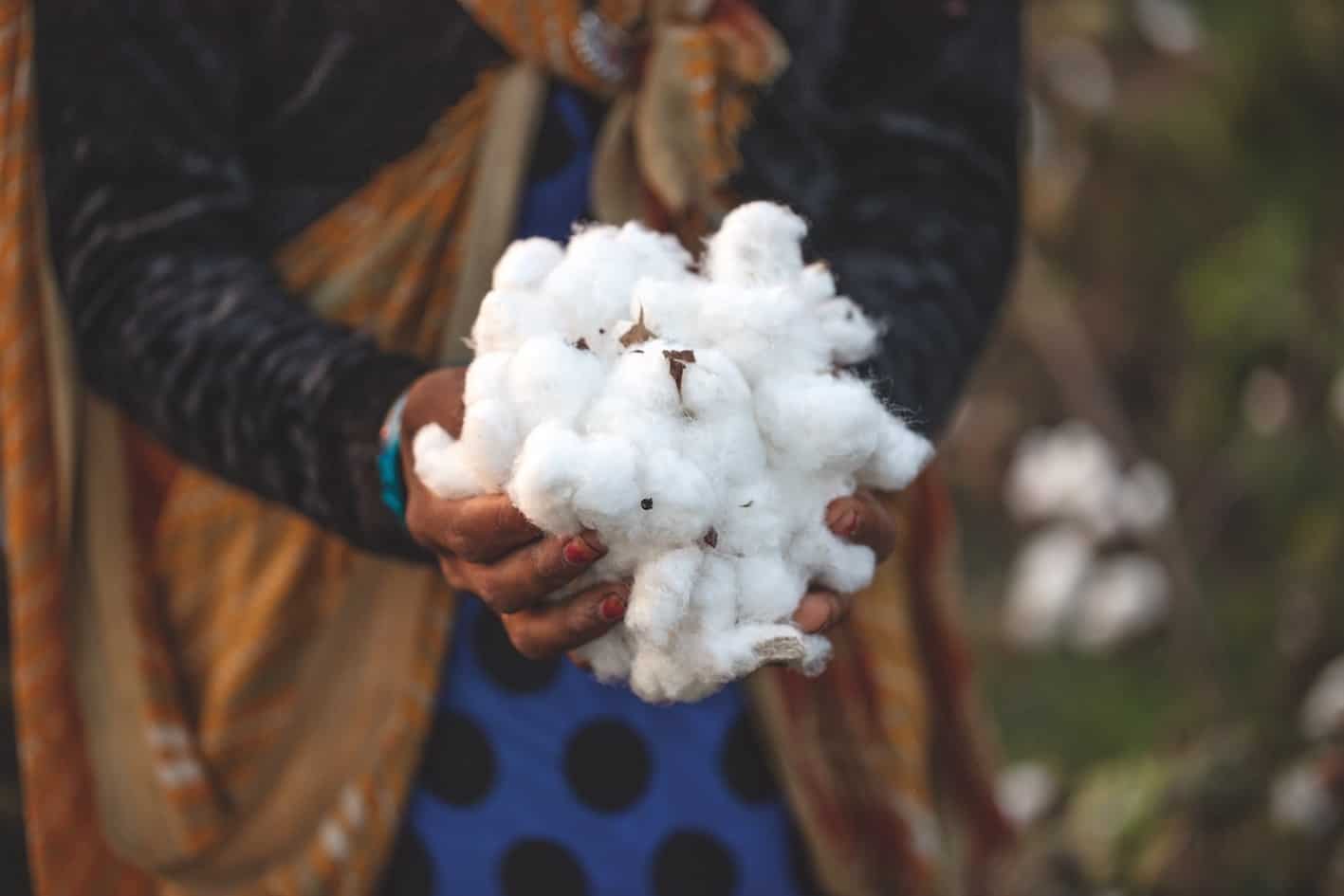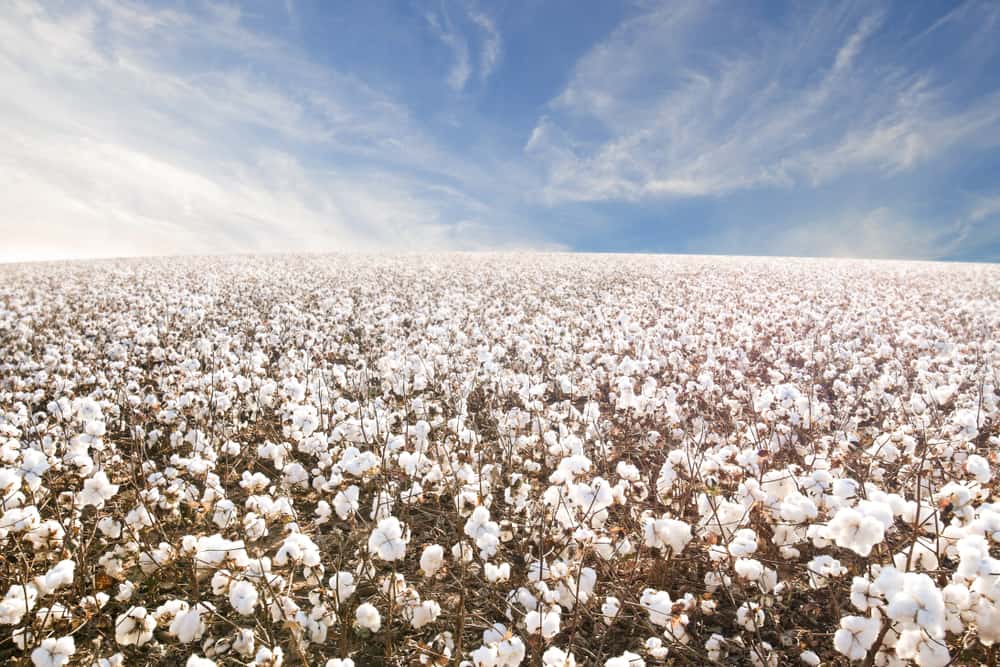What is regenerative fashion?
From degenerative to regenerative fashion: focusing on creating garments that restore and replenish the environment
Fashion heavily depends on our agricultural systems, from the cultivation of cotton crops to the rearing of sheep for wool, and is also responsible for huge quantities of CO2 emission worlwide… It is from here that the need of big shift arises in order to guarantee a brighter future for the planet, and the industry.
Let’s begin by providing some background.
Cotton stands as the most extensively utilized natural fiber in the textile industry, constituting a third of the global fiber manufacturing. Within this portion, approximately 64% of the cultivated cotton finds its application in the realm of clothing and apparel. Conventional cotton cultivation, reliant on plowing, extensive use of pesticides and herbicides, not only exacerbates soil erosion but also disrupts soil organisms and releases substantial carbon dioxide emissions into the atmosphere .
More than 300 million trees are logged every year and turned into cellulosic fabric such as viscose.
Similar issues arise in the context of grazing, a crucial source of materials like leather and wool in the fashion industry. Intensive grazing practices often lead to overgrazing, which stems from excessive grazing or inadequate recovery periods for plants. Consequently, soil regeneration is impeded, hindering sustained food production.

Regenerative fashion falls within the realm of sustainable fashion, emphasizing the creation of clothing with negligible ecological footprints, while also engaging in efforts to rejuvenate and enhance the environment. While sustainable fashion centers on resource preservation, regenerative fashion goes a step beyond, actively enhancing these resources

The Millennium Ecosystem Assessment stated that “During the past 50 years, humans have changed ecosystems more rapidly and extensively than in any comparable period in human history, in large part to meet the growing demand for food, fresh water, wood, fibers, and fuel. This has resulted in a substantial and largely irreversible loss in the diversity of life on Earth”. Moreover, according to FAO, around 12 million hectares of land are lost to drought and desertification each year. Today, already 25% of the world’s total land area is affected by degradation”.
Regenerative agriculture originates from ancestral biocultural wisdom and Indigenous scientific understanding, encompassing practices like agroforestry, silvopasture, permaculture, aquaculture, wetland rejuvenation, and similar approaches. It employs a range of methods such as crop rotation, minimal or no-till farming, the cultivation of cover crops, intercropping, and the use of natural compost. These practices collectively contribute to carbon sequestration, the enhancement of biodiversity, soil enrichment, and the enhancement of water systems.
Representing an age-old, nature-rooted response to climate change, this approach facilitates the regeneration and flourishing of land that has fallen into a state of degradation.
Regenerative agriculture is based on these principles:
Nr. 1
Nurturing soil health
Healthy soil forms the basis for productive and resilient ecosystems. Techniques like minimal tillage and boosting microbial biomass and organic matter in the soil improve soil structure, water retention, and nutrient cycling. Regenerative agriculture fosters a symbiotic relationship between plants and soil microorganisms.
Nr. 2
Restoring Biodiversity
Biodiversity is crucial for maintaining ecosystem balance. By introducing diverse crops and incorporating native plants, farmers create a more resilient and adaptable agricultural system. Biodiversity naturally controls pests and diseases, enhances pollination, and contributes to overall ecosystem stability.
Nr. 3
Carbon farming
Healthy soils act as carbon sinks, capturing and storing carbon. Practices such as cover cropping, agroforestry, and rotational grazing enhance CO2 sequestration.
Nr. 4
Water management
Rainwater harvesting, contour plowing, and using cover crops reduce water runoff, improve water infiltration, and enhance the soil's water-holding capacity. By optimizing water use, regenerative agriculture supports watershed health and mitigates the effects of droughts and floods.
Nr. 5
Animal Integration into regenerative agriculture
Rotational grazing benefits both the environment and animals. It allows for natural pasture rejuvenation, prevents overgrazing, and improves soil health. The symbiotic relationship between plants and animals enhances nutrient cycling, boosting overall ecosystem resilience.

Regeneration stands as a crucial component within the trio of principles that constitute the circular economy, yet paradoxically, it frequently remains underestimated.
Within the realm of the fashion industry, the primary focus is placed on the first two principles of the circular economy: designing for reduced waste and the circulation of materials. Nevertheless, it is vital to recognize that continuing the circulation of materials and products that carry adverse environmental impacts will not lead us toward achieving a genuinely circular economy imbued with regenerative qualities.


